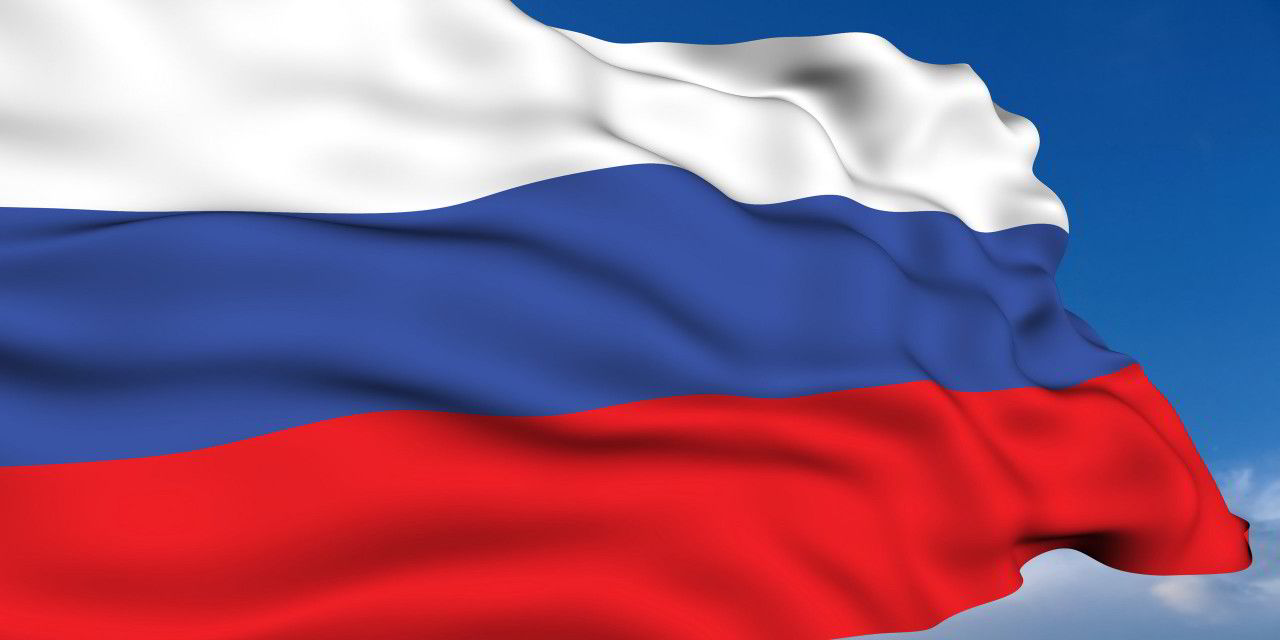Saturday marked the one-year anniversary of Russia's import ban on large swathes of Western seafood production.
Norway's third largest single market for salmon disappeared almost overnight leaving Russian consumers with a large supply gap. In July 2014, 98 percent of Russia's imported fresh salmon had been from Norway.
The stoppage resulted in immediate market reaction. On the Oslo Stock Exchange salmon company stocks fell 5 to 10 percent on news of the boycott, with a further 4.3 percent drop the following day. Spot prices also fell.
Scottish producers were also hit by the boycott and with the world's other big salmon producer positioned far away in Chile, it marked the beginnings of some good times for Faroese salmon production.
"If the Faroes had been an EU member we too would have suffered from the boycott," Regin Jacobsen, CEO of Faroese salmon farmer Bakkafrost, told IntraFish in October last year.
"Sometimes it's an advantage to stand outside, as now, but not always," he said.
Several sources claimed at the time that the export price of fresh salmon to Russia was about NOK 60 (€6.60/$7.30) per kilo. Meanwhile, the Norwegian export price stood at NOK 37.10 (€4.10/$4.50). Jacobsen would not be specific on what prices Bakkafrost obtained.
The sanctions were set to only last one year, but on June 24 they were extended a further year to 24 June 2016.
